The Facts Behind Residual Solvent Levels in Michigan's Cannabis Products
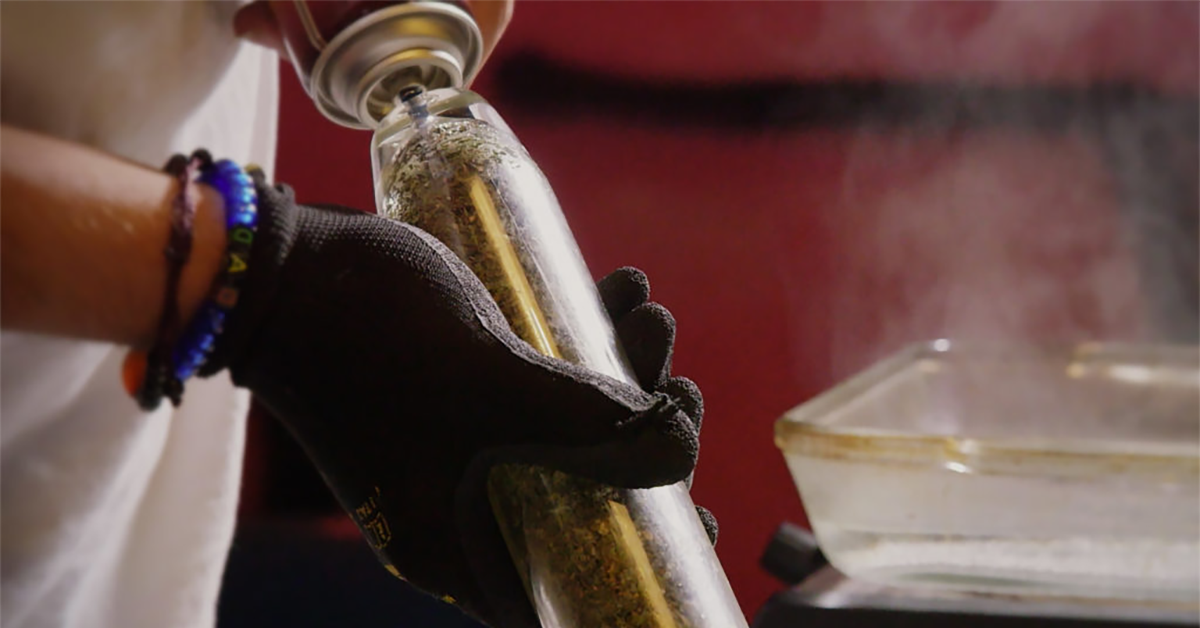
In the realm of cannabis concentrates, misconceptions about the health implications of residual solvents, particularly butane, are widespread. It's crucial to clarify these misunderstandings with factual data and scientific evidence. In Michigan, the regulation for butane in cannabis concentrates is set at a maximum of 800 parts per million (ppm), which translates to 0.08% of the substance. To put this into perspective, in a 1-gram sample of dabs, the highest butane content would be 0.0008 grams. Considering an average-sized dab is about 0.05 grams, this equates to a mere 0.00004 grams of butane per dab, assuming the concentrate is at the upper limit of the legal threshold.
It's worth noting that many producers strive to reduce the butane levels in their products significantly below the maximum limit. Typically, concentrations are brought down to 500 ppm or even less, with several companies aiming to keep them under 300 ppm.
To understand the implications of these figures, let's refer to the National Institutes of Health (NIH) guidelines on butane exposure. According to the NIH, symptoms like drowsiness in humans are observed at butane concentrations of 16,000 mg per cubic meter over a 30-minute period, which is deemed "non-disabling." This level is substantially higher than what is found in cannabis concentrates, requiring direct and concentrated inhalation of butane to achieve such exposure.
Moreover, when comparing the inhalation of butane from using a lighter to spark cannabis to that from consuming a dab, the latter represents a significantly lower exposure, even with larger dab sizes.
Delving further into the mathematics of butane exposure through dabbing, let's assume a concentrate with the maximum allowed butane level of 800 ppm. To reach even the lower threshold of acute butane exposure, one would need to consume an unrealistic amount of 10,000 grams of such dabs within 30 minutes. This quantity is far beyond typical consumption patterns and highlights the safety of these regulated levels.
In comparison, Michigan's regulation is stringent, especially when juxtaposed with other states like Oregon, where the limit is set at 5,000 ppm. While there may be debate over the ideal limit, Michigan's standard of less than 1,000 ppm appears to be well within a safe and reasonable range, ensuring consumer safety without compromising product quality.
Share this article:
Spotted a typo, grammatical error, or a factual inaccuracy? Let us know - we're committed to correcting errors swiftly and accurately!
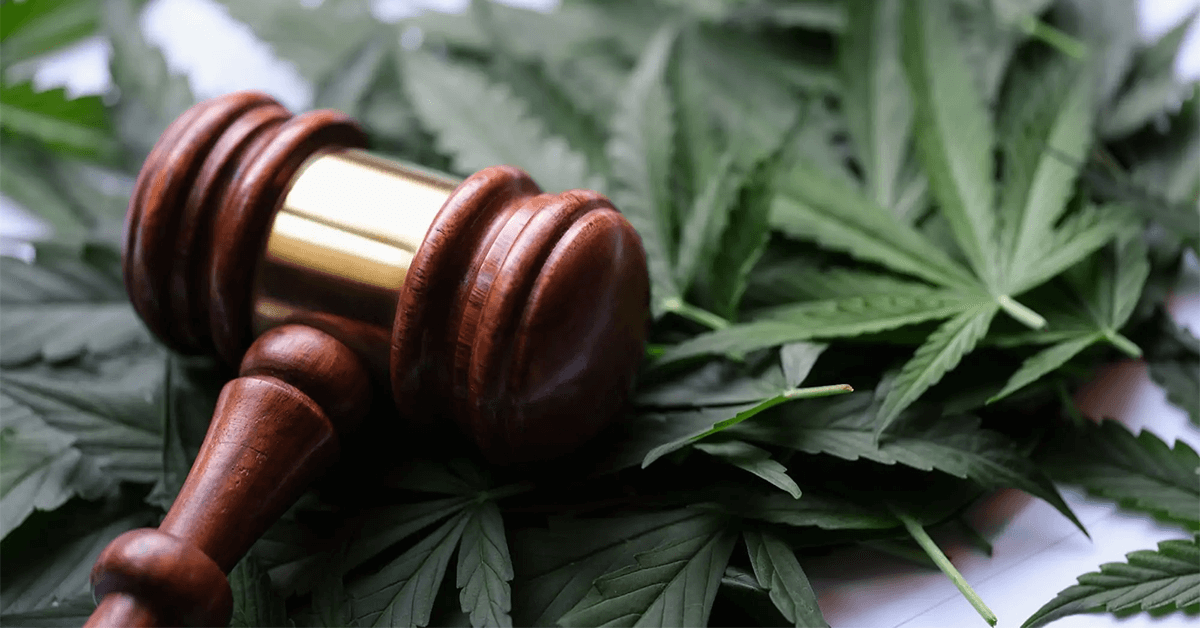

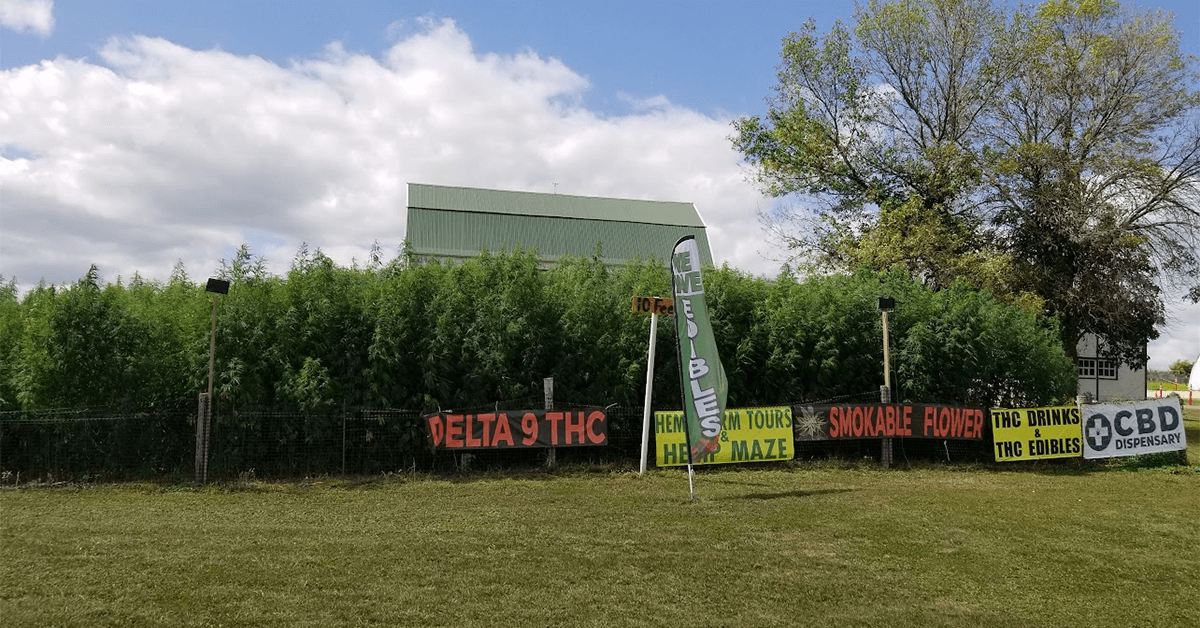
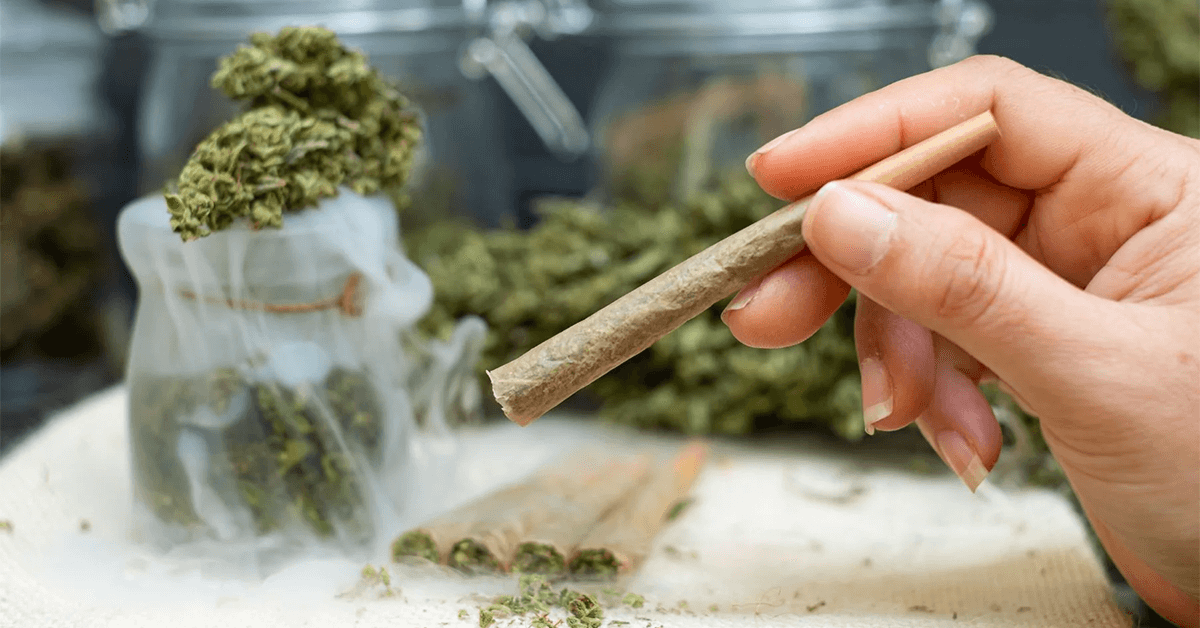

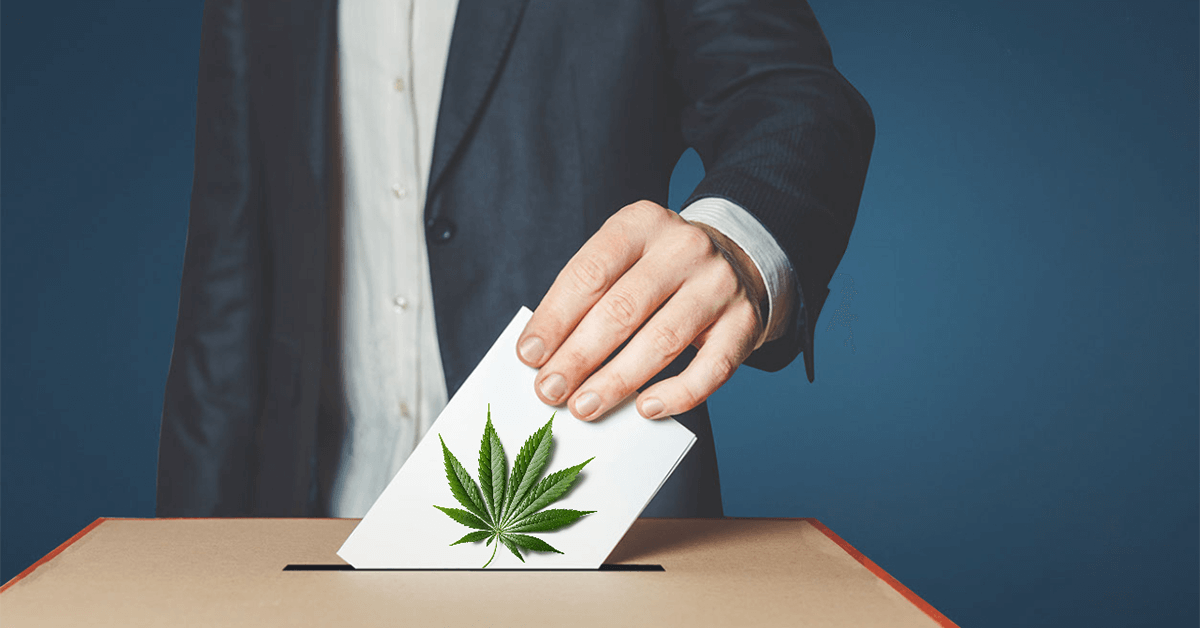


 Helpful Links
Helpful Links